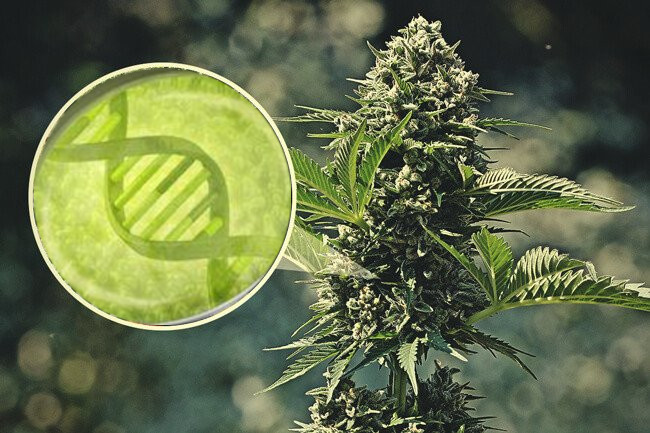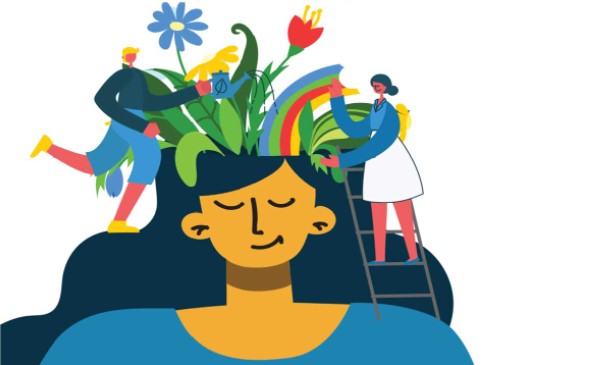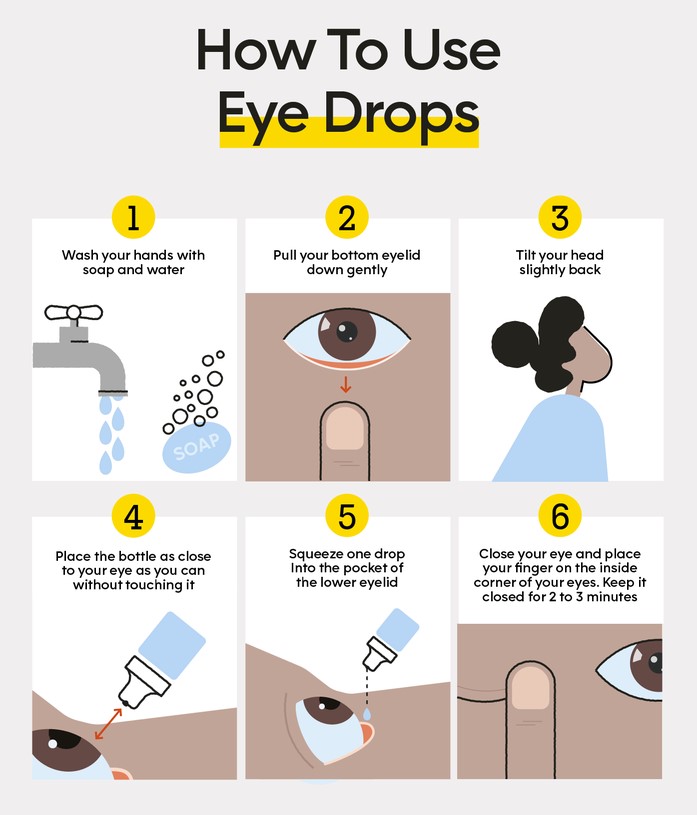Picture this: you’ve just enjoyed a session with cannabis, and suddenly, your eyes start to resemble the fiery glow of a sunset. It’s a common phenomenon that has intrigued, amused, and sparked countless questions among cannabis enthusiasts and curious minds alike. In this journey through the haze, we delve into the captivating mystery behind why weed makes your eyes red. Beyond the surface, we’ll uncover the science behind this distinctive trait, explore the various factors at play, and separate the myths from the realities. Buckle up as we navigate through the highs and lows of red eyes, revealing the truth that lies behind this enigmatic and often misunderstood aspect of the cannabis experience. It’s time to clear the smoke and see through the myths—welcome to the eye-opening exploration of cannabis-induced red eyes.
The Science Behind Why Weed Makes your Eyes Red
Role of THC (Tetrahydrocannabinol)
At the heart of the red-eye phenomenon lies the star player: Tetrahydrocannabinol, better known as THC. This psychoactive compound is the main culprit behind the altered state of consciousness that cannabis enthusiasts seek. However, its influence extends beyond the mind, reaching into the intricate network of blood vessels within our eyes. THC interacts with receptors in the eyes, triggering a cascade of effects that lead to the telltale redness. Understanding how THC operates on a molecular level unveils the first layer of the captivating science behind those crimson eyes.
Blood Vessel Dilation
Imagine your blood vessels as tiny highways crisscrossing the vast landscape of your eyes. When THC enters the scene, it doesn’t just stick to altering perception; it also signals these blood vessels to widen, a phenomenon known as vasodilation. The expansion of these vessels allows more blood to flow through, leading to increased blood supply to the eyes. As a consequence, the whites of the eyes take on a reddish hue, leaving a visible mark of the physiological changes induced by cannabis consumption. Unraveling the intricacies of blood vessel dilation unveils a crucial chapter in the narrative of red eyes.
Interaction with the Endocannabinoid System
To comprehend the full scope of cannabis-induced red eyes, we must venture into the body’s own regulatory system—the endocannabinoid system (ECS). THC, akin to the endocannabinoids naturally produced in our bodies, binds with receptors in the ECS. This interaction triggers a cascade of events, including the dilation of blood vessels. As THC makes its mark on the endocannabinoid system, the orchestration of physiological responses takes center stage, offering insights into the seamless integration of cannabis with our internal regulatory mechanisms. Join us on this exploration of the endocannabinoid system’s role in orchestrating the captivating ballet of red eyes induced by cannabis.
Factors Influencing Why Weed Makes your Eyes Red
Different Strains and Cannabinoid Profiles
Not all cannabis is created equal, and the diversity among strains plays a pivotal role in the red-eye equation. Each strain boasts a unique combination of cannabinoids, with THC taking center stage. However, it’s the interplay of THC with other cannabinoids, such as CBD, that influences the intensity of red eyes. Exploring the diverse world of cannabis strains unveils the intricate dance between cannabinoids and how their ratios contribute to the varying degrees of bloodshot eyes experienced by enthusiasts.
Consumption Methods (Smoking, Vaping, Edibles)
The method chosen to partake in the cannabis experience acts as a director, shaping the intensity and duration of red eyes. Smoking and vaping deliver cannabinoids swiftly into the bloodstream, rapidly inducing the vasodilation that leads to red eyes. On the other hand, edibles take a more leisurely route through the digestive system, impacting the body over an extended period.
Dosage and Tolerance Levels
Just as a seasoned explorer becomes acclimated to the altitude of a mountain range, cannabis enthusiasts develop a tolerance to the effects of THC over time. Dosage plays a pivotal role in the intensity of red eyes, with higher doses amplifying the vasodilatory effects. Understanding the delicate balance between dosage and tolerance levels sheds light on the personalized nature of cannabis experiences. Whether you’re a novice or a seasoned connoisseur, the interplay between dosage and tolerance unfolds as a key determinant in the vibrant canvas of red eyes painted by cannabis consumption.
Short-term and Long-term Effects
Immediate red eyes after consuming cannabis result from the short-term vasodilatory effects of THC, causing a temporary expansion of blood vessels in the eyes. This physiological response is an acute reaction to cannabinoids, offering a visually striking hallmark of the cannabis experience.
Distinguishing this transient redness from potential chronic issues involves monitoring the frequency and intensity of red eyes. If redness occurs primarily during or shortly after cannabis use and subsides within a reasonable timeframe, it aligns with the expected short-term effects. However, persistent and frequent red eyes, especially outside of cannabis consumption windows, may signal potential chronic issues. This distinction is crucial for individuals to assess the nature of their ocular reactions and make informed decisions about their cannabis consumption habits.
Myth vs. Reality on Why Weed Makes your Eyes Red
Common Misconceptions About Red Eyes
In the realm of cannabis, myths about red eyes often circulate, leading to misconceptions that merit clarification. One prevalent belief is that red eyes signify permanent damage. However, the reality is that red eyes are a temporary side effect linked to the vasodilatory properties of THC. Another myth suggests that the intensity of redness correlates with the quality of the cannabis. Contrary to this notion, the variation in redness can be attributed to factors such as strain differences and individual tolerance levels. Dispelling these misconceptions provides a foundation for a more accurate understanding of the transient nature of red eyes within the cannabis experience.
Dispelling Myths with Scientific Evidence
Let’s delve into the scientific realm to dispel these misconceptions surrounding red eyes. Some assert that smoke irritation alone causes red eyes, neglecting the significant role of cannabinoids. Scientific evidence firmly establishes that THC, the primary psychoactive compound in cannabis, interacts with the endocannabinoid system, inducing the dilation of blood vessels in the eyes. By exploring this scientific foundation, we dismantle misguided beliefs and provide a precise explanation for red eyes as a physiological response to cannabis, dispelling myths and bringing clarity to the true nature of this phenomenon.
Managing Red Eyes
Eye Drops and Their Effectiveness
Eye drops stand as a reliable ally in the battle against post-cannabis red eyes. These tiny vials contain various formulations designed to counteract the vasodilation induced by THC, providing a quick and effective solution. Vasoconstrictor drops work by narrowing the blood vessels in the eyes, while lubricating drops offer relief by moisturizing dry and irritated eyes. Understanding the nuances between different formulations is key, as some may come with potential side effects. It’s crucial to view eye drops as a temporary fix, addressing the symptom rather than the root cause. In this exploration of eye drops, we unravel the mechanisms at play and delve into their role in swiftly alleviating the conspicuous redness induced by cannabis.
Natural Remedies and Tips
Nature, with its innate wisdom, offers an array of remedies for those seeking a holistic approach to managing red eyes. Hydration takes center stage, as ample water intake maintains overall eye health and combats dryness. Foods rich in omega-3 fatty acids, such as fish and flaxseeds, contribute to ocular well-being. A well-balanced diet, coupled with adequate sleep, can also play a significant role in mitigating the intensity of red eyes. As we delve into the realm of natural remedies, these practical tips align with a holistic approach to wellness.




